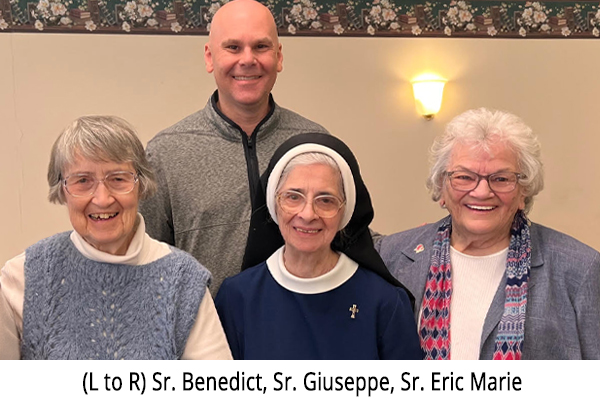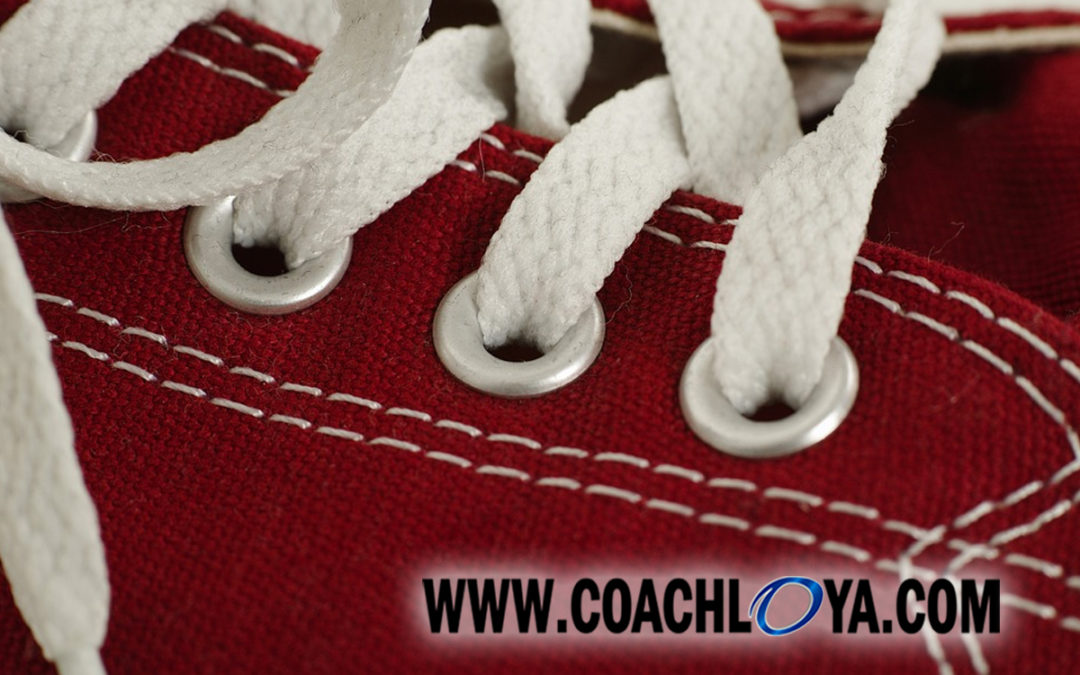I got to have lunch recently with my friend Sister Eric Marie, the octogenarian nun that I wrote about in my book Building Good Teammates: The Story of My Mount Rushmore, a Coaching Epiphany, and That Nun.
We were joined by two of Sister Eric Marie’s friends, Sister Benedict and Sister Giuseppe.
Realizing that I was surrounded by generational wisdom, I asked them what they considered to be some of their lives’ greatest victories. Sister Giuseppe provided an inspiring and insightful response.
Sister Giuseppe spent her professional career working with preschoolers. She’s had a front row seat to some of the most comical moments known to mankind. In many, many ways, her life has been a living, breathing episode of Kids Say the Darndest Things.
But amid those comical interactions, nestled between teaching kids their ABCs, shapes, and colors were triumphant moments that mold the human heart.
To explain her greatest victory, Sister Giuseppe told a story about how she taught a boy with one hand to tie his shoes.
Most of us learn to tie our shoes though some method involving bunny ears or a clever rhyme about swooping, looping, and going down a hole. Those conventional strategies, however, require the use of two hands.
Teaching a child to tie their shoes with one hand necessitates a different approach.

As Sister Giuseppe laid the framework for her story, I found myself wondering how I would tackle her problem—the way I suspect you are right now. We would probably begin by searching Google and then maybe watching a few YouTube “how to” videos before attempting to apply what we had learned.
But in the Pre-Internet era, Sister Giuseppe didn’t have those tools at her disposal. She had to rely on her own ingenuity. Sister Giuseppe devoted countless extra hours working with her one-handed boy until he finally got it.
When Sister Giuseppe finished her story, I realized that how she solved the problem didn’t matter to me nearly as much as why she viewed solving it among her life’s biggest victories.
Learning to tie one’s own shoes is a childhood rite of passage. Not being able to reach that benchmark with his peers would have been crushing to that boy’s attitude toward his physical state.
Sister Giuseppe couldn’t allow herself to let that happen, so she chose to see the boy’s problem as her problem. That choice took her outside of her comfort zone, tested the limits of her patience, and brought her added aggravation. Yet it made a tremendous difference at a pivotal time in that boy’s life.
By becoming an invested teammate, she empowered the boy with the knowledge that he could overcome his physical shortcomings and that they did not have to be a source of confinement. Her investment set him up for a life of optimism.
Sister Giuseppe’s story demonstrates the value gained from having a mentor invest in you. The fact that she considers that moment to be her greatest victory, decades removed from it happening, also demonstrates the value a mentor gains from investing in others.
In the end, it won’t be the wealth you amass nor the possessions you acquire that matter to you the most. It will be the impact you had on the lives of those you encountered.
As always…Good teammates care. Good teammates share. Good teammates listen. Go be a good teammate.





